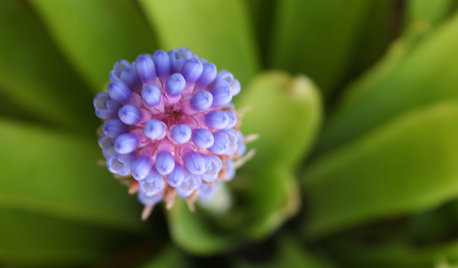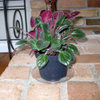Hardy Gesneriads
MrImpatiens
18 years ago
Related Stories

GARDENING GUIDESBromeliads: The Ultimate Collector’s Plants
Once you discover bromeliads’ exotic beauty, wide-ranging colors and intriguing patterns, you’ll never go back
Full StoryHiya all
I was wondering what Gesneriads would be winter hardy. I live in the Sacramento valley in a Zone 9. Which ones will take even colder temps? I have Sin. tubiflora and I saw a handful at the Yucca Do web-site. Is there any one out there experimenting with their hardiness?


greenelbows1
jon_d
Related Professionals
West Milford Landscape Architects & Landscape Designers · Cottonwood Landscape Architects & Landscape Designers · Glassmanor Landscape Architects & Landscape Designers · Aurora Landscape Contractors · Mooresville Landscape Contractors · Wake Forest Landscape Contractors · Broadlands Landscape Contractors · East Patchogue Landscape Contractors · Lorain Landscape Contractors · West Allis Landscape Contractors · Goldenrod Landscape Contractors · Fairfax Siding & Exteriors · Layton Siding & Exteriors · Warwick Siding & Exteriors · Oakville Siding & ExteriorsJohnnieB
dirtmonkey
mairzy_dotes
dirtmonkey
iochroma